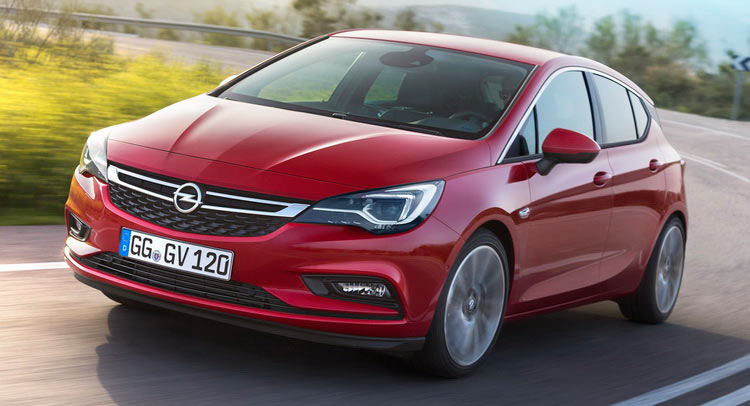Opel will take the initiative to publish fuel economy and emission figures according to the World Harmonized Light Vehicles Test Procedure (WLTP), next to the standard NEDC figures starting from Q2 2016.
The German company will voluntarily proceed in this move in order to provide the authorities with more transparency, in the light of the VW Dieselgate emissions scandal.
“The events and discussions in the last weeks and months have shown that there is a tremendous focus on the automotive industry and it is now time to act based on the learnings,” said Dr. Karl-Thomas Neumann, Opel Group CEO. “It is obvious to me that the diesel discussion is a turning point. The world is not as it was before. We cannot ignore this and it is in the hands of the automotive industry to change the perception of the new reality.”
The WLTP cycle is going to replace the New European Driving Cycle (NEDC), starting in 2017 and is designed to offer closer to real-life figures, with a much better consistency than the old one.
Opel’s engineers are also working on new solutions regarding the effectiveness of the exhaust gas treatment systems (SCR) fitted in their Euro-6 diesel models in order to further reduce the nitrogen emissions.
“We are capable of further improving the effectiveness of reduction of oxides of nitrogen emissions from our Euro 6 diesels with SCR technology and so we are making an improvement towards future RDE specifications,” said Dr. Neumann. “We will use SCR as the mainstream system for Euro 6 diesel going forward as we continue to develop improved technologies to explore higher efficiencies.”
The first Opel model to have its WLTP figures announced will be the Astra in the summer of 2016. The updated SCR systems will also debut in the summer of 2016 and will involve 43,000 vehicles (Zafira Tourer, Insignia and Cascada) that are already on the road which will get the new solution retrofitted.








